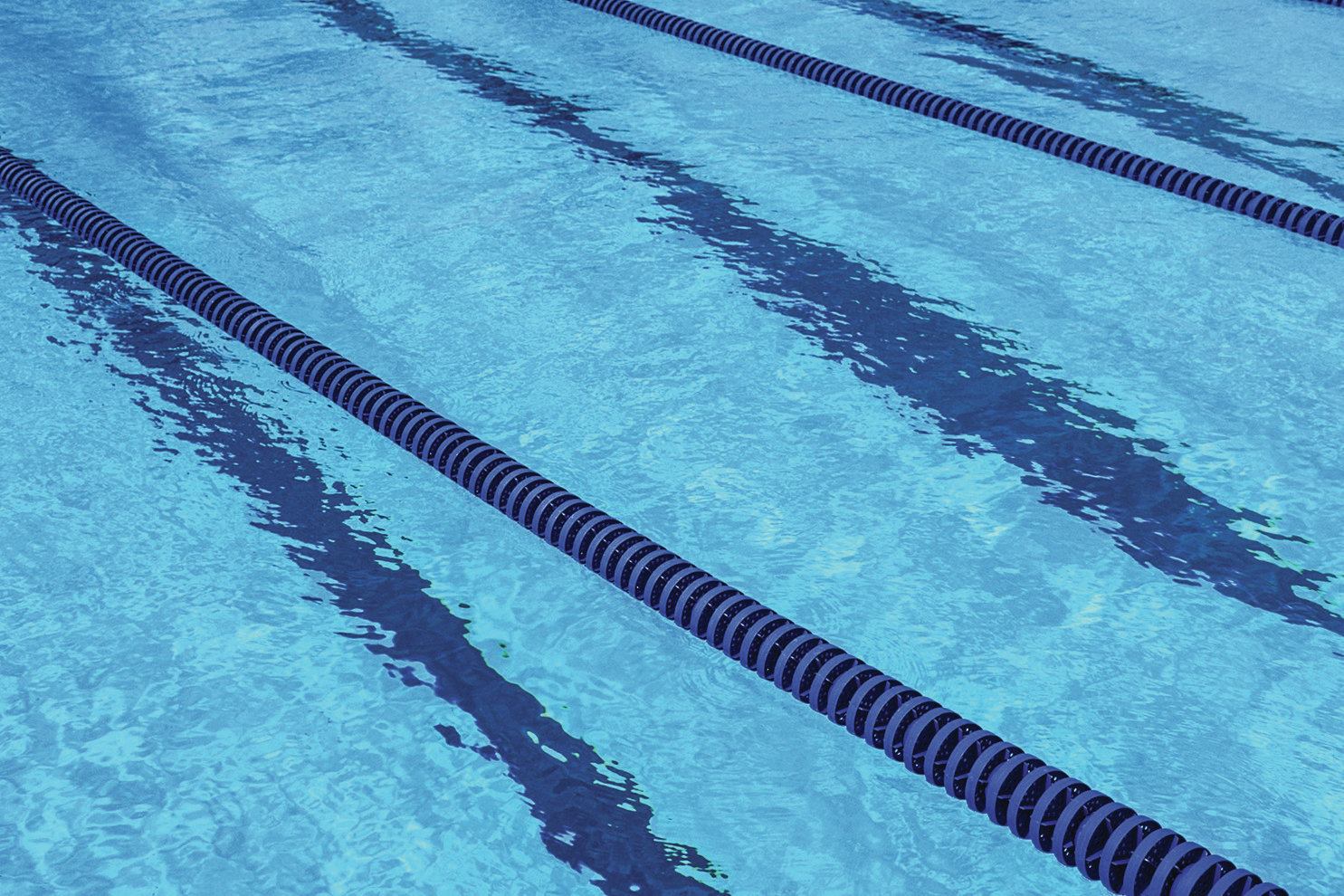A commission of industry experts and officials with the U.S. Consumer Products Safety Commission are in the early stages of establishing ASTM standards for gravity fed drainage systems.
“There’s never been a documented entrapment incident on a gravity system anywhere in the world,” said task force member Alex Fletcher, president of the United Pool & Spa Association in Indian Rocks Beach, Fla.
Though gravity feed systems have a proven track record, there are instances where improper hydraulics could compromise safety. Take, for example, a rooftop swimming pool with a collection tank located on the bottom floor of a multistory building.
This is the kind of faulty installation that defeats a gravity system’s purpose. Water seeks an equal level between the pool or spa and the collection tank, and a tank far removed and below a pool creates greater pressure differential, posing entrapment potential.
To write the standards, the task force will put a gravity feed system through a series of tests to replicate an entrapment scenario. For that, the team will draw on past experiences developing standards for drain covers, SVRS’s and ventilation systems.
But unlike previous experiments, which employed a rubber block to simulate a submerged body, the task force is exploring other, more lifelike, options such as a life-size synthetic mannequin or pig skin, which is similar to human skin.
“We have the benefit of hindsight now in that we’ve seen a lot of the accidents, and have more test data and a little more experience with some of the physical testing that has been done,” said Robert Rung, a representative for Hayward Pool Products on the standards writing committee.
Gravity suction outlets have long been the system of choice among many industry members in Florida. Citing their perfect safety record, the state’s Health Department has required the systems on commercial pools and spas since 1977 and 1993, respectively. Years later, the Sunshine State would propose a law that all pools and spas be retrofitted with the fail-safe drains. Though it had supporters, many pool operators argued that the retrofits would have been too costly. In 2011, a different measure was passed, allowing other anti-entrapment device options, such as those approved under the Virginia Graeme Baker Pool and Spa Safety Act.
In an earlier independent study, UPSA enlisted the help of University of North Florida to conduct side-by-side comparisons between gravity and direct-suction systems. Using a 1,000-gallon test tank, researchers determined that direct-suction’s entrapment potential was immediate and severe, generating approximately 10 times more hold-down force than that of a gravity system.
“From all the testing I’ve seen personally, the gravity drainage system is extremely safe,” said David Stingl, task force chairman and founder of Stingl Products in Sterling, Va. “For new pool construction, my personal opinion is, all of them should have them.”
Committee members stress that they are in the nascent stages and that it will be at least a year before they publish the results.



